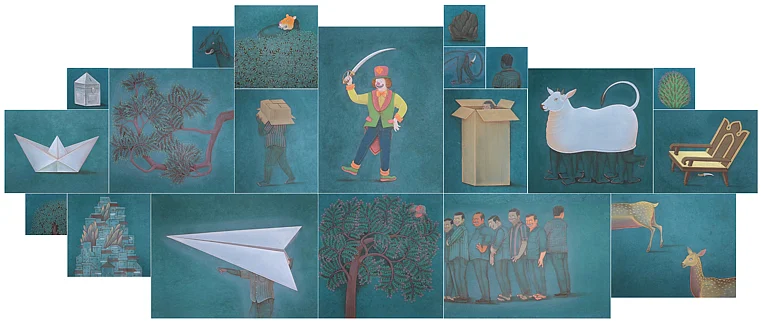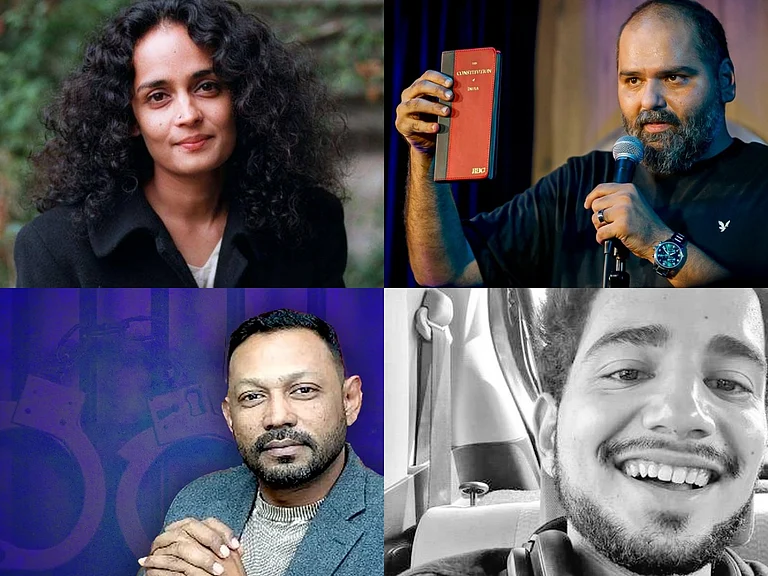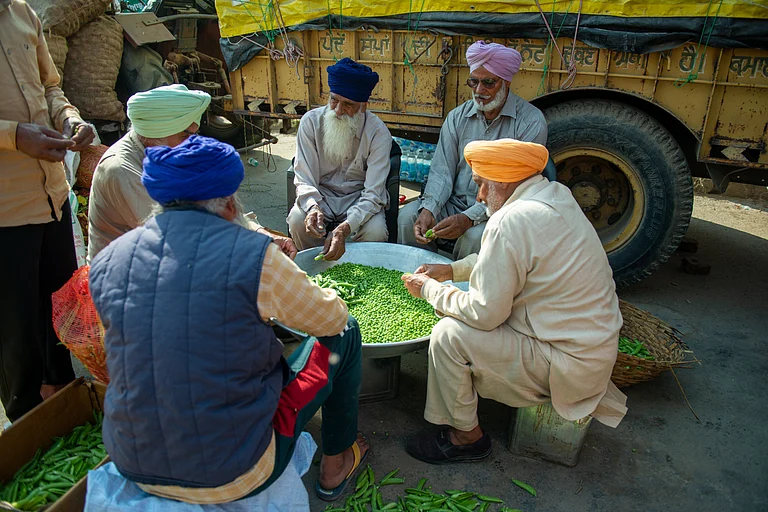As the results of the five state assemblies are about to be declared, several national media houses are terming it the ‘Semi-finals’ ahead of the Lok Sabha elections of 2024. While some of them think that it is a ‘make and break’ moment for the Congress party, others consider it as a battle that has the potential to determine the fate of the opposition coalition. However, past instances where assembly elections were held around six months prior to the scheduled general elections rarely fit into the prevailing narratives.
In the 2018 assembly elections, Congress won three states - Madhya Pradesh, Rajasthan and Chhattisgarh. However, in the 2019 Lok Sabha elections, Congress couldn’t retain its hold over any of these constituencies. In Chhattisgarh, out of 11 Lok Sabha seats, the grand old party only won one seat. In Rajasthan and Madhya Pradesh, the fate of the Congress was even worse as in the desert state they couldn’t even manage to secure a single seat whereas in the latter, they got one out of 29. These results certainly show that in recent times, the narratives of national elections don’t hold much water in state-level elections
“State elections are mostly fought on the basis of regional issues. The big and grand narratives do not have much space here,” says Shahroz Afridi, one of the senior-most journalists based in Madhya Pradesh. If one looks at the manifestos of the political parties in the poll-bound states, they would have a similar perception.
In Madhya Pradesh and Rajasthan, though BJP tried to evoke the issue of Ram Mandir and rhetorics like “Pakistan closely monitoring the elections”, their major poll promises were centered around the welfare schemes. In Madhya Pradesh - a state that BJP has been ruling for the last 20 months barring a brief 15 months’ tenure of Congress, women-centric schemes of Shivraj Singh Chouhan like Ladli Bahen Yojana, Ladli Laxmi Yojana had taken centrestage.
Interestingly in Rajasthan as well, BJP focused on women to corner the ruling Congress. From constitution of anti-romeo squads to free the streets of harassers to Lado Protashan Yoajana where Rs 2 lakhs would be saved as a bond under the name of a household where a daughter is born and be given to her when she reaches 18; to the promised leap in the subsidy in LPG – BJP’s poll manifesto in Rajasthan clearly shows their new target voters.
In terms of reaching out to women, Congress was also not far behind. While in Rajasthan, they declared Grah Laxmi Guarantee through which the women head of the families would receive honorarium of Rs 10,000; in Madhya Pradesh, they promised to increase the monthly stipend of women to Rs 1,500 against the current Rs 1,250 doled out by Chouhan. In a state like Rajasthan where the sex ratio is 928 - far below than the national average of 940; experts think that such women-centric schemes and promises have the potential to influence the voters.
Another major focus in the last few elections have been the concerns of the farmers. In Rajasthan, while BJP announced a higher Minimum Support Price (MSP) for wheat, in Madhya Pradesh, it was Congress’s turn to promise the same. Moreover, BJP in Rajasthan also announced compensation for those farmers whose lands had been acquired by the Gehlot government for developmental projects.
This certain shift of the constituency to women and farmers - beyond the ‘social engineering’ formula of BJP - could also be realised in the recent address of the Prime Minister Narendra Modi. While taking to the labharthis (beneficiaries)- a major constituency that BJP believes had lent their support to the party in 2019 - Modi said that there are four castes - poor, youth, women and farmer.
The PM was addressing the Vikasit Bharat Sankalp Yatra that he announced on November 15 from Jharkhand in a bid to apprise the people of the success of the central government schemes. Notably, he launched it on the birth anniversary of Adivasi leader Birsa Munda whom the BJP has been trying to appropriate for years now.
Although BJP’s grand narratives of nationalism, Hindutva, Ram Mandir are playing their part in their own way, the welfare schemes and developmental agendas targeting the aforementioned constituencies have also started gaining strength in the party's campaigns. Political analysts believe that it is because of Congress’s welfarist agenda and the latest results in the assembly elections that made BJP change its strategy.
Congress for the last few years has been fighting the elections on the welfare agenda. Its sole focus on regional infrastructural issue in Karnataka against BJP’s provocative campaigns over halal, hijab and love jihad certainly helped them to sweep over the state. The prioritisation of infrastructural and local issues was also the basis of Aam Admi Party’s (AAP) huge victory in 2020 Delhi assembly elections.
So, has the BJP learned from the opposition and is embracing the path of welfarist politics? Or is it just a strategic response to the contemporary political demand? Notably, the Congress along with other INDIA allies have been pushing for a caste-census and after Bihar’s successful caste survey, the demand has taken the centrestage. If the opposition was looking for a grand-narrative against BJP’s Hindutva, it is there in the OBC politics, notes a Bhopal-based journalist on the condition of anonymity.
The latest unveiling of former Prime Minister V P Singh’s statue by Tamil Nadu Chief Minister M K Stalin at Chennai in presence of Samajwadi Party (SP) chief Akhilesh Yadav further indicates that opposition parties are taking OBC politics seriously.
OBC Mahasabha’s show of support for Rahul Gandhi in Bhopal just prior to MP elections was also not received well by BJP that has been enjoying the OBC support for decades. PM Modi’s own OBC identity alongside the influence of OBC leaders like Shivraj Singh Chouhan or Uma Bharti always worked in favour of the party in the state. However, since the demands of caste census gained strength, BJP started losing its hold on this constituency, claims a senior Congress leader.
In this backdrop of multipolarities and multiplicities of issues and narratives, is one nation one election (ONOE) a useful ploy to sway the nation through singular grand narrative? Research shows that in simultaneous elections, there is a tendency among people to vote for the same party. But when state elections are held, the decisions vary.
The earlier round of assembly elections, including in Karnataka, didn't go well for BJP. Will the results of these five states turn its fortune? Will it be able to create another potential grand narrative that can stand either the emerging OBC politics or the welfarist push? The results will perhaps have an answer.



























